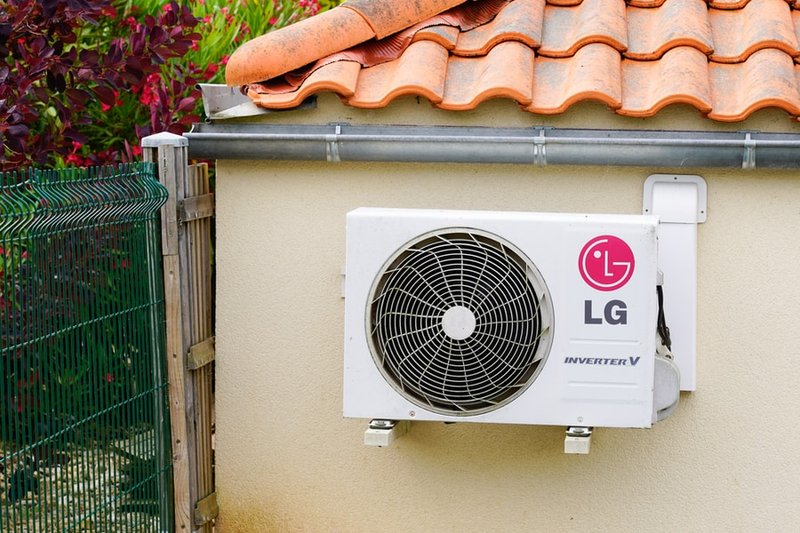
Let’s make sense of this “F1” code in a way that’s as clear as a sunny day. Simply put, this signal is your air conditioner’s way of telling you there’s something amiss with its internal sensor. Think of the sensor like a thermometer; it monitors the temperature and sends information to the air conditioner’s brain, the control board. If the sensor isn’t working correctly, it can’t relay accurate information, much like trying to call someone with a bad phone connection. Ignoring it could mean that your AC isn’t operating efficiently, potentially leading to higher energy bills or, worse, a full system failure.
Understanding the F1 Error Code
So, what specifically triggers this F1 error code? At its core, the F1 error relates to the indoor unit’s temperature sensor. This sensor plays a crucial role in maintaining the desired room temperature. When it malfunctions, the air conditioner struggles to gauge the room’s conditions accurately, much like a lost tourist without a map. Consequently, the machine can’t adjust its cooling cycles effectively, leading to discomfort and inefficiency.
You might be wondering why the sensor malfunctions in the first place. There can be multiple reasons: it could be that the sensor has failed due to age, wear and tear, or even something as simple as a loose connection. Imagine trying to read a book with a loose page that keeps flipping back; frustrating, right? The same goes for your air conditioner trying to understand your room’s temperature without reliable input.
The key takeaway here is that this error doesn’t automatically mean a disaster is looming. Often, it’s something that a quick maintenance check can resolve. Whether it’s tightening a connection, replacing the sensor, or recalibrating it, addressing the F1 error ensures that your AC continues to hum along smoothly.
Should You Ignore the F1 Error?
Here’s the deal: ignoring the F1 error code is like ignoring the low fuel warning in your car. Sure, you can drive for a bit longer, but eventually, you’ll be stranded. Similarly, pretending the error isn’t there can lead to reduced cooling efficiency, uncomfortable indoor climates, and even increased electricity costs. Why? Because your air conditioner is working overtime to make up for the faulty sensor.
When the sensor isn’t functioning as it should, the air conditioner may either overcool or undercool the room. It’s like baking a cake without knowing the temperature of your oven—results are unpredictable and often unsatisfactory. If left unchecked, this issue can also put additional strain on the system’s compressor, which is a costly component to replace.
To put it simply, while the F1 error might seem small, it’s a red flag indicating there’s something not quite right. It’s a good idea to have a professional look at it sooner rather than later. The fix might be quick and simple, sparing you from more significant headaches down the road.
Steps to Address the F1 Error Code
Now that you understand the importance of the F1 error code, what should you do when faced with it? First, don’t panic. This error is relatively common and can often be resolved without heavy-handed intervention. Start by turning off your air conditioner and unplugging it. Much like restarting a stubborn computer, this action might reset minor tech glitches, including the F1 error.
If the code persists after a reset, it’s time to dive a bit deeper. Check if the sensor is visibly damaged or has loose wiring. For those comfortable with basic DIY fixes, securing the sensor might solve the issue. However, if there’s visible damage or the error remains, contacting a professional technician is the best course of action. They can conduct a thorough assessment and recommend the appropriate repair or replacement, ensuring the longevity of your appliance.
Remember, regular maintenance checks can prevent many issues before they arise. An annual service can catch potential problems early, keeping your air conditioner in peak condition, much like a yearly physical ensures you’re healthy and running smoothly.
Preventing Future Error Codes
Let’s wrap this up with a look into the future. How do you prevent that annoying F1 error code from popping up again? Much like keeping a car in good condition through regular servicing, regular maintenance of your air conditioner can stave off errors. If you adopt a habit of having your unit checked at least once a year, you can keep those big problems at bay.
Maintenance includes cleaning filters, checking the electrical connections, and ensuring the sensors are functioning correctly. Think of it as giving your air conditioner a spa day—the better care you take, the longer and better it performs. Also, be mindful of the placement of your air conditioner; ensure it has good airflow and is not blocked by furniture or curtains, which could cause the system to overwork and perhaps trigger errors.
In conclusion, while you could technically ignore the F1 error code for a while, it’s not advisable if you want your air conditioner to last. Consider it a friendly nudge from your AC, urging you to pay a little attention to keep things running smoothly. Addressing it promptly not only fixes the current issue but also highlights the care you’re investing in maintaining a comfortable home environment. Remember, a stitch in time saves nine, and being proactive about your home appliances always pays off in the long run.